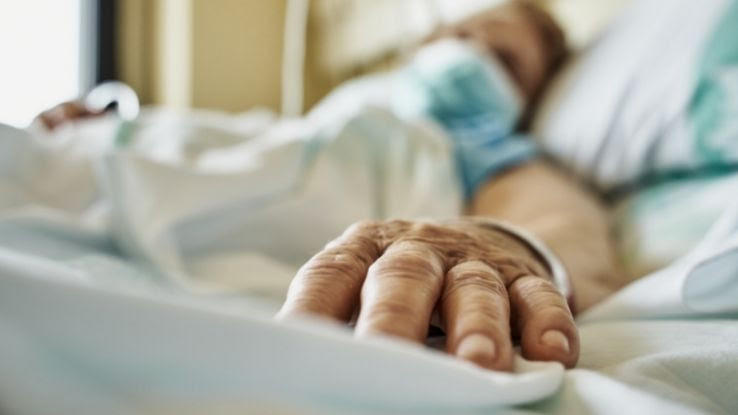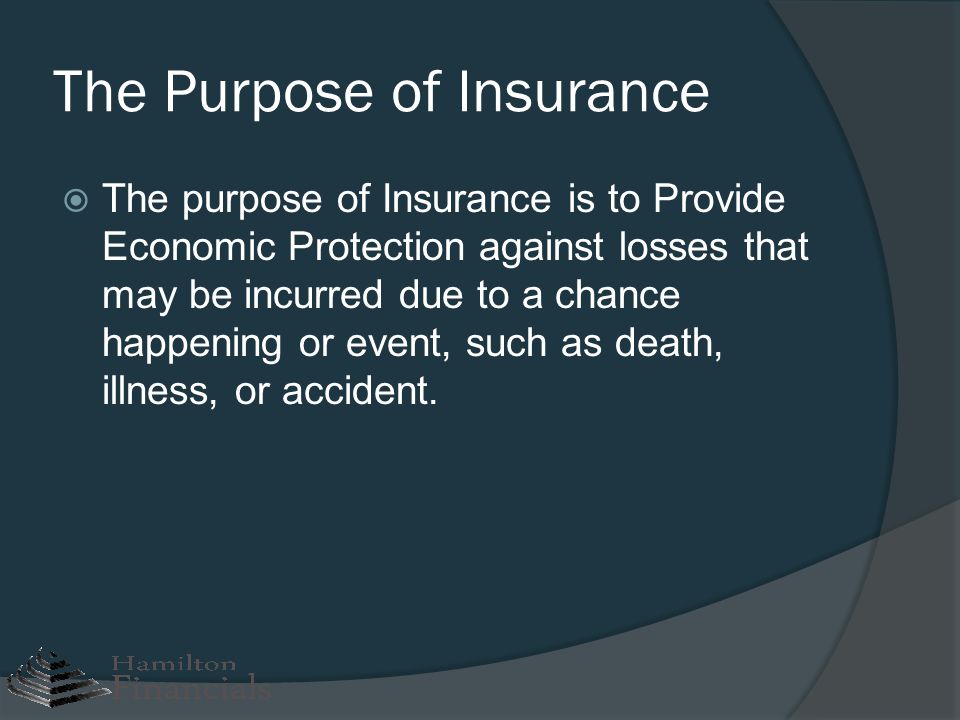Pacific Prime - Truths
Pacific Prime - Truths
Blog Article
The Single Strategy To Use For Pacific Prime
Table of ContentsThe Greatest Guide To Pacific PrimeSee This Report on Pacific PrimePacific Prime Fundamentals ExplainedPacific Prime Fundamentals ExplainedThe Only Guide to Pacific Prime

This is since the information were gathered for a duration of strong financial performance. Of the approximated 42 million people that were uninsured, just about about 420,000 (regarding 1 percent) were under 65 years old, the age at which most Americans become qualified for Medicare; 32 million were grownups between ages 18 and 65, around 19 percent of all adults in this age team; and 10 million were kids under 18 years of age, concerning 13.9 percent of all children (Mills, 2000).
These estimates of the variety of individuals uninsured are produced from the yearly March Supplement to the Existing Population Study (CPS), conducted by the Demographics Bureau. Unless or else noted, nationwide quotes of individuals without health insurance coverage and percentages of the population with different type of insurance coverage are based upon the CPS, one of the most widely utilized source of quotes of insurance policy protection and uninsurance prices.
Pacific Prime for Beginners

Still, the CPS is especially helpful because it produces yearly price quotes fairly swiftly, reporting the previous year's insurance coverage approximates each September, and due to the fact that it is the basis for a constant set of estimates for greater than two decades, enabling for analysis of fads in insurance coverage with time. For these factors, in addition to the extensive use the CPS in various other research studies of insurance protection that are provided in this report, we rely upon CPS quotes, with limitations kept in mind.

The quote of the number of without insurance people broadens when a population's insurance policy condition is tracked for numerous years. Over a three-year period starting early in 1993, 72 million individuals, 29 percent of the united state populace, were without coverage for at the very least one month. Within a solitary year (1994 ), 53 million people experienced a minimum of a month without insurance coverage (Bennefield, 1998a)
Six out of every ten without insurance adults are themselves used. Although functioning does enhance the probability that one and one's relative will certainly have insurance coverage, it is not a guarantee. Even participants of families with 2 full-time breadwinner have practically a one-in-ten chance of being uninsured (9.1 percent uninsured price) (Hoffman and Pohl, 2000).
The 8-Second Trick For Pacific Prime
New immigrants account for a considerable percentage of people without health and wellness insurance policy. One analysis has associated a substantial portion of the recent growth in the dimension of the united state without insurance populace to immigrants that got here in the nation in between 1994 and 1998 (Camarota and Edwards, 2000). Current immigrants (those who concerned the United States within the past 4 years) do have a high price of being without insurance (46 percent), but they and their youngsters represent just 6 percent of those without insurance nationally (Holahan et al., 2001).
The connection between medical insurance and accessibility to care is well developed, as recorded later on in this phase. The connection between health insurance and wellness results is neither direct nor simple, an extensive professional and wellness services research literary works web links health insurance protection to enhanced access to care, far better high quality, and enhanced personal and populace health condition.
Levels of evaluation for analyzing the results of uninsurance. This conversation of health and wellness insurance protection focuses largely on the united state population under age 65 due to the fact that essentially all Americans 65 and older have Medicare or other public insurance coverage. Moreover, it focuses especially on those without any type of wellness insurance coverage for any length of time.
The Pacific Prime PDFs
The problems faced by the underinsured are in some respects similar to those faced by the uninsured, although they are typically less severe. international travel insurance. Uninsurance and underinsurance, nevertheless, include noticeably various policy concerns, and the methods for addressing them might vary. Throughout this research study and the 5 records to comply with, the primary focus is on individuals without medical insurance and therefore no help in spending for wellness care past what is readily available through charity and safeguard establishments
Health and wellness insurance coverage is a site powerful factor influencing invoice of care because both people and doctors reply to the out-of-pocket rate of services - https://gravatar.com/pacificpr1me. Health and wellness insurance policy, nevertheless, is neither needed neither adequate to get to clinical solutions. The independent and direct effect of wellness insurance policy coverage on access to wellness solutions is well established.
Others will obtain the health and wellness care they require even without wellness insurance coverage, by spending for it out of pocket or seeking it from service providers that offer treatment totally free or at very subsidized rates. For still others, medical insurance alone does not ensure invoice of treatment since of other nonfinancial obstacles, such as a lack of healthcare suppliers in their community, restricted access to transportation, illiteracy, or etymological and cultural differences.
See This Report about Pacific Prime
Official research study concerning without insurance populations in the United States dates to the late 1920s and early 1930s when the Committee on the Expense of Healthcare generated a collection of reports about financing doctor office sees and hospital stays. This concern became salient as the numbers of clinically indigent climbed up during the Great Clinical depression.
Report this page